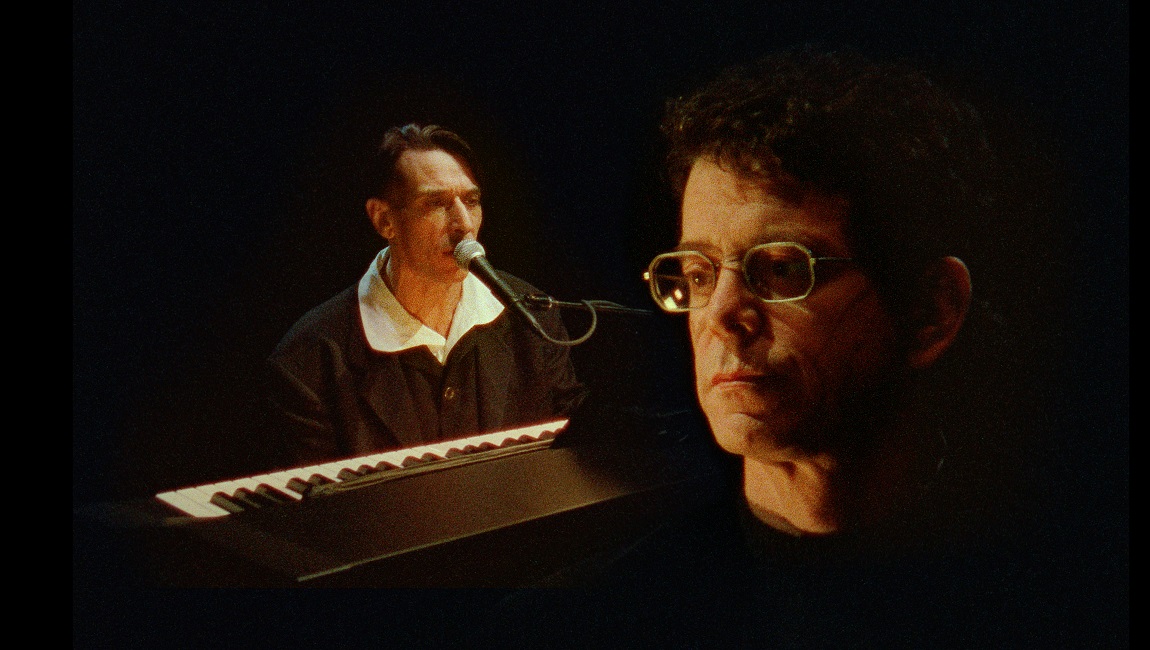“I find ghosts in Japanese horror much more terrifying. In the standard American horror canon, because a ghost violently attacks you or comes after you, at least you have the chance to fight back… but if they don’t attack you then the best you can do is figure out a way to co-exist with them. I find the idea that one just has to live with this thing much more terrifying. You have no chances of running away or fighting it; you’re stuck with it forever.” — Kiyoshi Kurosawa
Released in Japan in 2001, but delayed until 2005 in America after Miramax acquired it and shelved it in lieu of an eventual English language remake, Kurosawa’s Pulse arrived in between the two axiomatic poles of what would become colloquially known as J-horror, with Ringu premiering first, in 1998, and Ju-On: The Grudge following in 2002. While both Ringu and Ju-On would immediately become part of the pop culture discourse, inspiring hugely successful English language remakes and Halloween-friendly iconography, it’s Pulse that has stood the test of time, remaining eerily prescient and absolutely terrifying even 20 years later. While Kurosawa was immediately pigeonholed as a “horror” guy on the strength of Pulse, it became quickly clear that the label simply didn’t fit his unique worldview; other than Retribution, and maybe Cure, films like Charisma, Doppelgänger, and Bright Future proved too idiosyncratic for casual viewers seeking “extreme” Asian cinema. Instead, Kurosawa is best thought of as an inveterate tinkerer, mixing and matching modes that best express his curiosity at the odd, perplexing state of modern life. Tokyo Sonata, a family melodrama with echoes of Ozu, features a terrifying nightmare sequence, while even his recent To the Ends of the Earth, a more narratively straightforward tale of a woman who feels alone in a foreign country, makes room for a disaster subplot (viewed and mediated only via screens) and beguiling dream sequences that freely, recklessly disrupt the otherwise realist diegesis.
The French concept of the fantastique is useful when considering the work of Kiyoshi Kurosawa. A broad, loosely defined term that incorporates elements of horror, science fiction, and fantasy, the fantastique allows for a more expansive discussion of genre films, free from the tyranny of rigid categorization. Here — with a hat tip to Jonathan Rosenbaum’s thoughts on the subject — such amorphous, even surreal works as Charlie and the Chocolate Factory, Eyes Wide Shut, The Nutty Professor, J’taime, J’taime, and Pandora and the Flying Dutchman can all intermingle and rub shoulders in conversation with one another. Truly, what lingers long after Pulse is over is a melancholic sense of loss. It’s not the ghosts that are scary, or at least not just the ghosts, but the overriding fear of being alone.
As the film begins, Michi (Kumiko Aso) and her co-workers, Junko (Kurume Arisaka) and Yabe (Masatoshi Matsuo), are looking for their friend Taguchi, who’s been missing for several days and isn’t answering his phone. He’s formatting a disc for the small plant nursery that they work at, and when Michi goes to Taguchi’s (Kenji Mizuhashi) apartment to track it down, she finds him sitting alone, quietly, in a daze. He proceeds to greet her in a pleasant but vacant tone, and then hangs himself in front of her. There’s also Ryosuke (Haruhiko Kato), a university student who stumbles across a disturbing website featuring a stationary figure with a bag over its head, the phrase “help me” scribbled over and over on the walls. An Internet novice (back when such a thing was possible), Ryosuke asks around for help at the school’s computer lab. He meets Harue (Koyuki), who gives him instructions on how to bookmark the site the next time it appears. After this initial setup, which plays almost like murder mystery, Kurosawa dives right in to the film’s supernatural undercurrents. Yabe goes to Taguchi’s apartment and sees the spot where he died, which is now a dusty black shadow on the wall, and is set upon by a spectral figure that moves in unnatural, herky-jerky slow motion. It’s a mesmerizingly creepy sequence, and soon Yabe is afflicted with whatever compelled Taguchi to take his own life, though perhaps “infected” is a better word, as this bizarre epidemic acts like a virus as it spreads across Tokyo, leading to widespread acts of suicide. The cast is eventually whittled down to just Michi, Ryosuke, and Harue, who has her own encounter with a ghost and slowly but surely succumbs to whatever it is that’s causing this.
Kurosawa is remarkably talented at finding off-kilter framing and maximizing negative space within the frame to truly unsettling effect. Undefined shapes and vague, opaque figures haunt the backgrounds of images, while computer monitors create screens within screens, a stacking of visual information that’s like an ouroboros of digital imagery. There are intimations of a puzzle here, a notion that if these people could simply solve some problem then things might go back to the way they were, and accordingly, characters search for clues and receive cryptic instructions, leading to the recurring visual motif of sealing up doorways and windows with red tape. But as Kurosawa indicates in the above interview, he’s interested in something stranger, more elusive. Societal structures begin breaking down, and an apocalyptic portent takes over the film.
Pulse isn’t particularly concerned with accuracy in its detail of the Internet’s relative infancy; indeed, early scenes of Harue explaining what a website is to Ryosuke are slightly chuckle-inducing, and the garbled screech of an old dial-up connection might trigger a Proustian reverie in viewers of a certain age. But coming on the heels of the recent Y2K panic, Kurosawa rightly saw an air of paranoia entering the zeitgeist. It might have been impossible to know exactly where the Internet was going to take us, or how (there are no attempts at predicting social media or high-tech gadgetry here), but that fear of the unknown was palpable nonetheless. Coupled with a general existential malaise and an eerie, post-industrial urban landscape, Kurosawa taps into something deeper and more profoundly disturbing than mere ghosts in the machine. This is nothing less than staring into the abyss of the 21st century and finding nothing but a gaping void. The film ends with a striking evocation of limbo, where living has become a permanent liminal space — the real horror is that we’re stuck in this forever.
Part of Kicking the Canon – The Film Canon.







